For the past two months, we’ve discussed the drought affecting East Africa, including our work region of Kajiado County, Kenya. In essence, the past four rainy seasons have failed throughout Kenya, meaning water shortages have disrupted pasture growth and crop production. Livestock don’t have enough food to survive and are dying in mass numbers. Many families who rely on livestock as their main source of income have been left with nothing.
Through our Food & School Campaign, we were able to deliver a month’s worth of lunch to 900 students at two different schools, as well as food to 150 families in great need. Inspired by our generous donors who responded to this urgent need, we launched our 2022 Drought Relief Campaign with the intention of raising $15,000 to distribute food to the neediest families.
We’re excited to share that last week we were able to deliver not only food but hope to over 10,000 people.
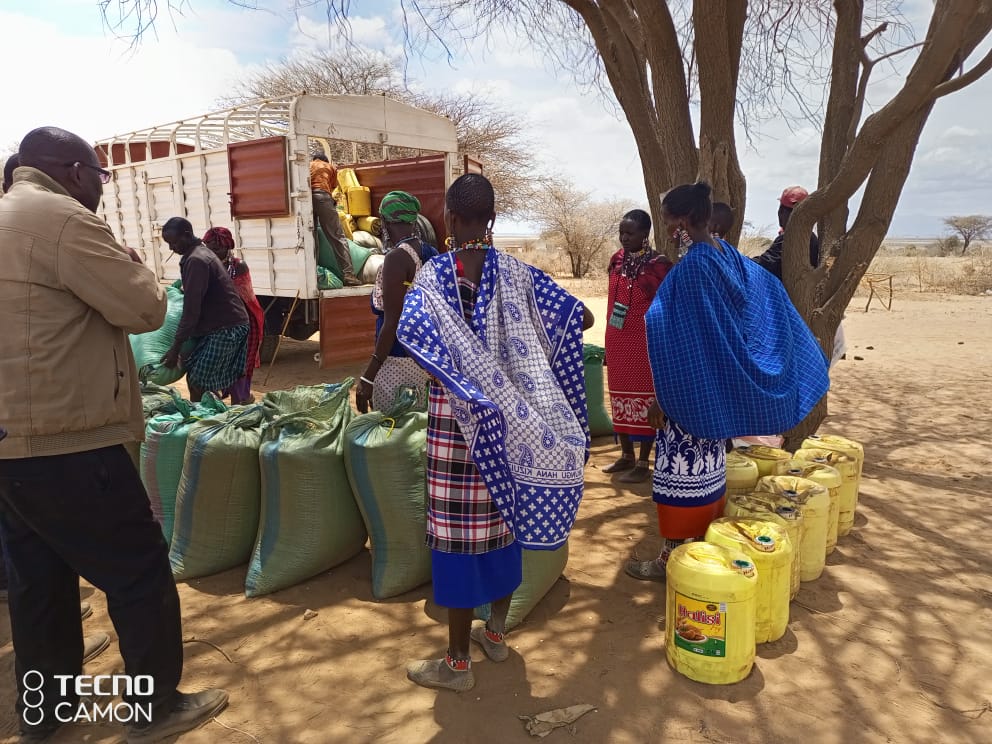
Distributing Food in Kajiado
On Thursday and Friday, our team in Kenya visited five locations where we’ve completed water projects and distributed maize, beans, and cooking oil to needy families. Women from the surrounding region walked to Olepolos, Imisigiyio, Risa, Inchakata, and Meshenani to obtain these provisions. The food was purchased in Tanzania, as no maize has been harvested locally in Kenya because of the ongoing drought.
Local chiefs provided the names of people who had the most need to our Project Manager and Co-Founder, Joseph Larasha, whose team alerted the communities when distribution would happen. The original target of the campaign was to feed 1,000 families, but when the team arrived to distribute food, nearly twice as many people showed up: at Imisigiyio, representatives from 400 families arrived; at Oleopolos, representatives from 600 families arrived, and at the other three locations, representatives from 770 families arrived. In the coming weeks, these provisions will give some sustenance to a population devastated by the drought. But in difficult times such as these, giving a reason to hope is just as important.
One of our team members, Veronica, accounted the following at the Meshenani distribution:
“It was a sigh of relief from ladies seeing the food. The drought situation has taken all their strength: their livestock, their wildlife, and their kids’ education. They were very grateful and thank you.”
Veronica, WILK Field Officer
Distributing food is essential in these critical conditions, but it solve the problems poised by drought. In our recent post, we discussed how the drought situation in Kenya is continuing to worsen. Livestock and wildlife are dying every day. Food prices are soaring. Women are at a greater risk of violence. As Water is Life Kenya deals with bringing clean water to rural communities in Southern Kenya, it warrants a discussion about how our water projects are being used during the drought, their limitations, and what remains as a key focus in the future.
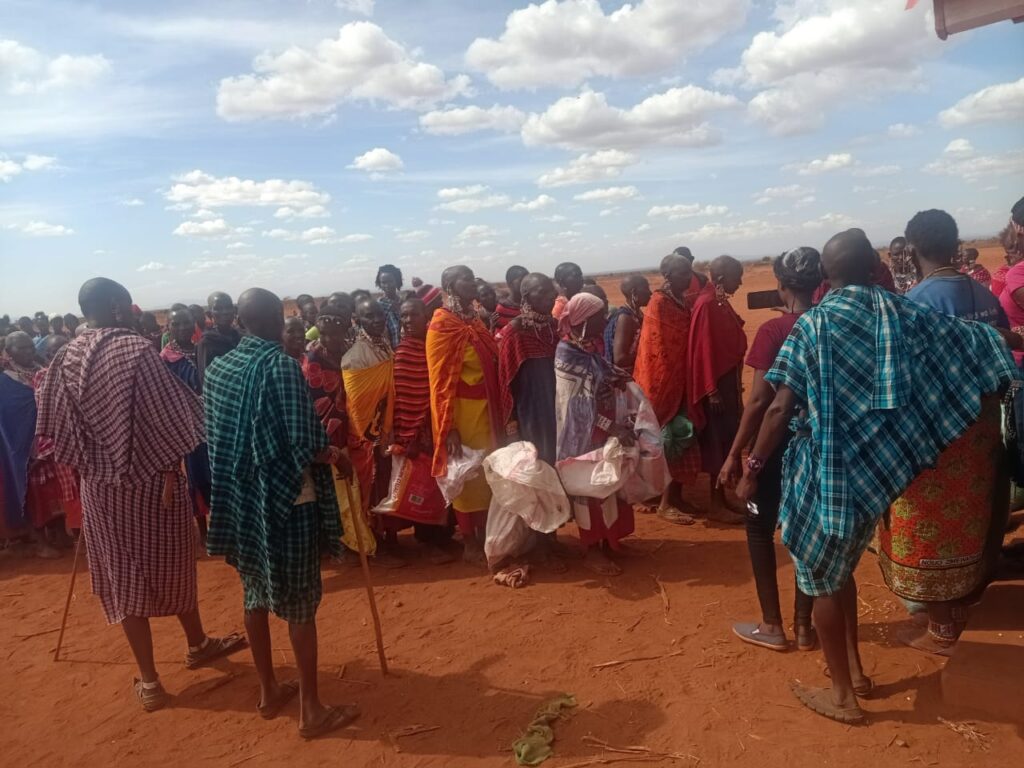
Water Usage in Kenya
The sites of our 25 water projects are far from other sources of water. These projects were designed to provide clean, reliable drinking water to people, their livestock, and regional wildlife, such as elephants, zebras, and giraffes. They were not designed to substitute for rainfall, which remains necessary to grow crops and provide healthy pastures. While our projects have provided water during the drought, they haven’t mitigated all the drought’s effects.
The rain shortage has caused pastures and crops to fail. Failed pastures mean livestock run out of food, so they can’t be sold for profit. Failed crops mean people don’t have food or income from selling crops. The shortage also means our projects are not recharging with new sources of water; instead, they’re extracting water that isn’t being replenished. Food relief, then, becomes necessary during drought because neither have food from harvests nor the money to buy food at the market.
Borehole water is also more expensive than water from shallow river beds or springs. Borehole water must be pumped, often by a diesel generator, from deep underground, which costs money. We’ve learned the only way to ensure the water stays on is by charging water tariffs. But when families have no income, they cannot pay for water.
The next phase of our boreholes might include an irrigation plan, a localized farming operation, or a pasture regeneration strategy. But the infrastructure is not engineered for these measures. Although our boreholes remain functional, the lack of income brought about by the drought—the worst in a generation—affects how our communities live and survive. We remain hopeful for a successful rainy season so families can rebuild what they’ve lost.
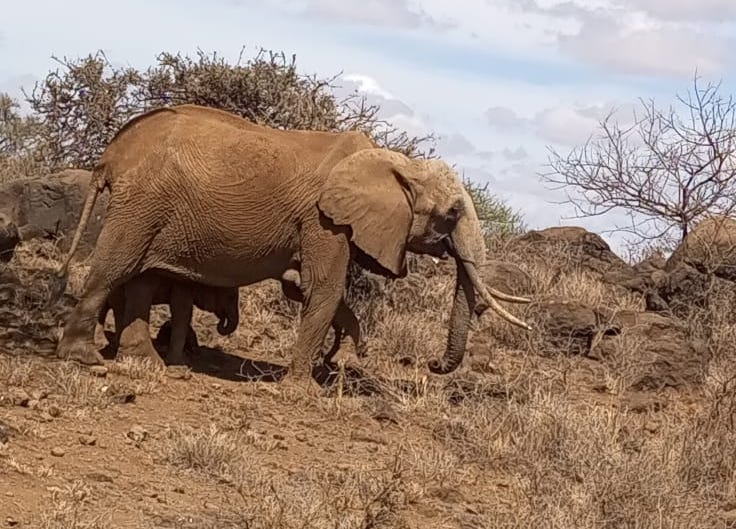
Continuing Drought Relief
We have delivered food to 1,770 families, but there is still more relief needed. We want to help as many people as we can who are dealing with the repercussions of the continuing drought. This is an enormous issue that can’t be solved just with food relief, but we refuse to be idle when we can assist some of the people in Kenya.
You can help support the next round of relief by donating to the 2022 Drought Relief campaign. Help us continue to offer aid to the people in our region.
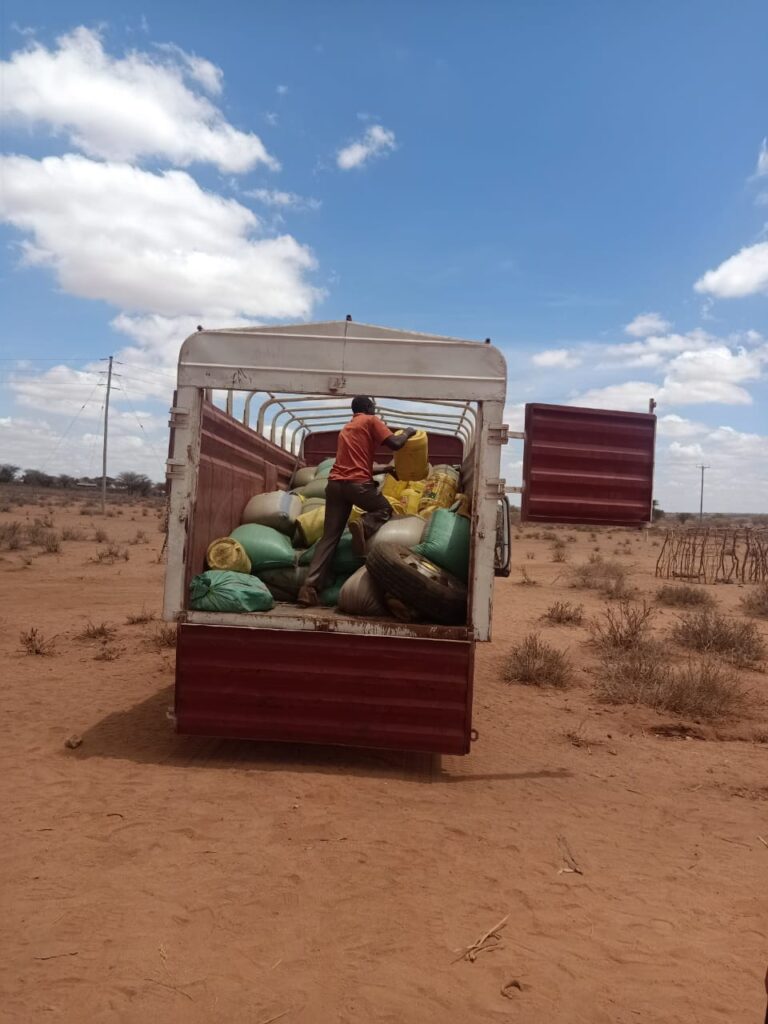
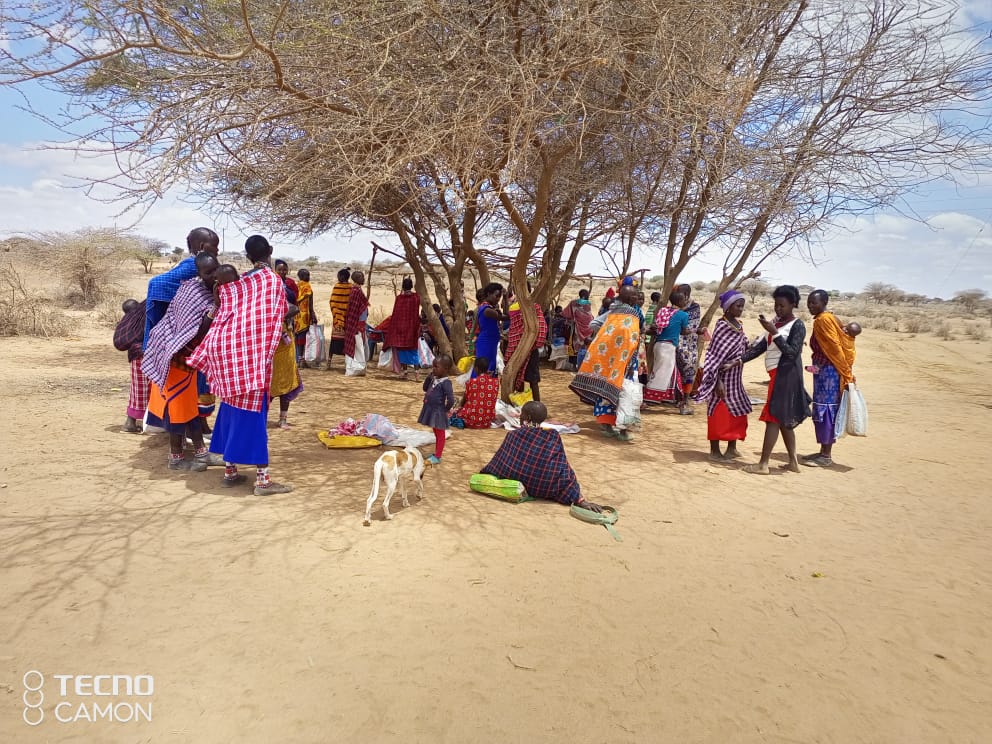
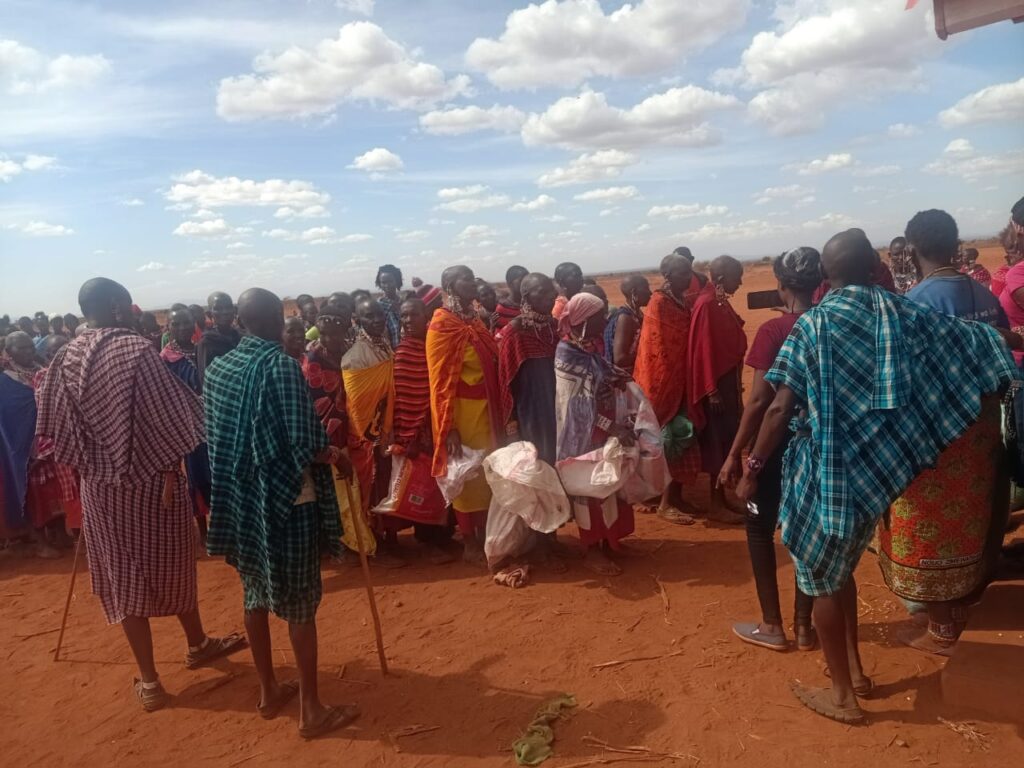

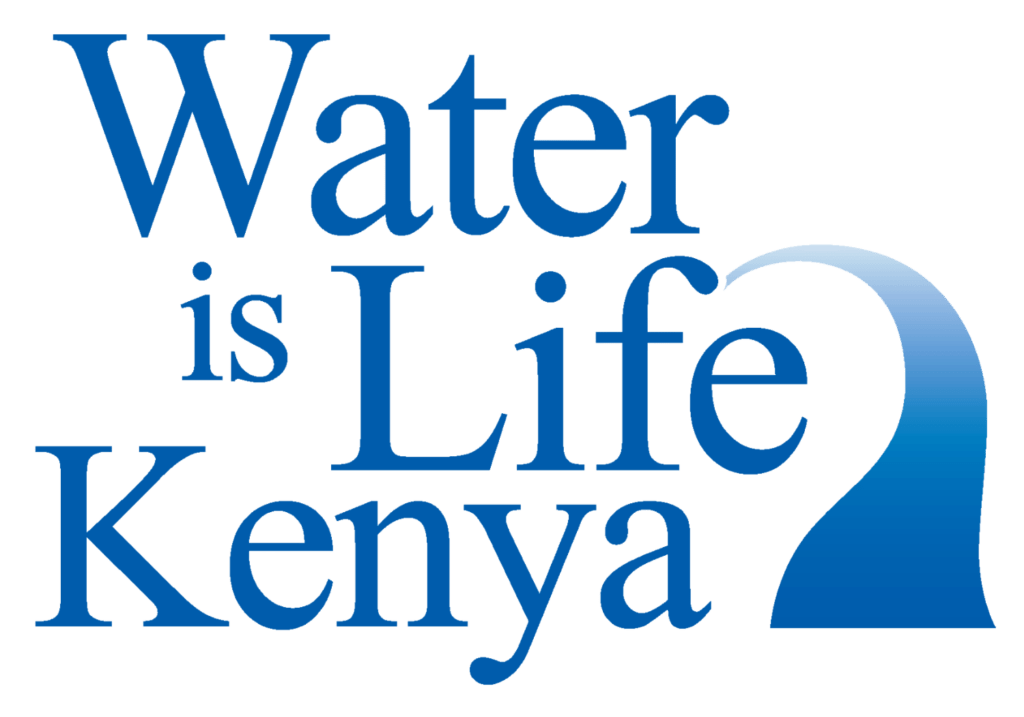
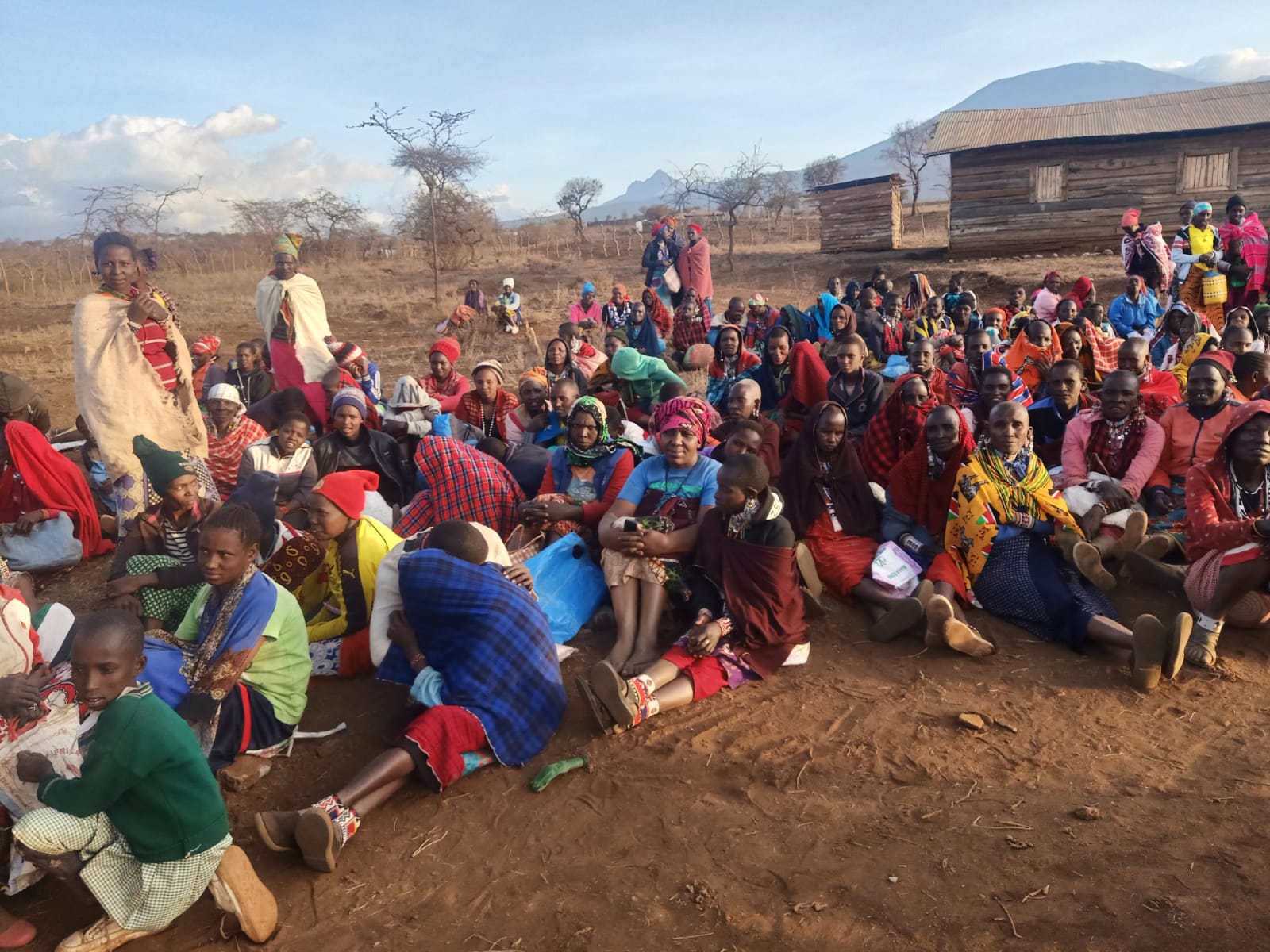

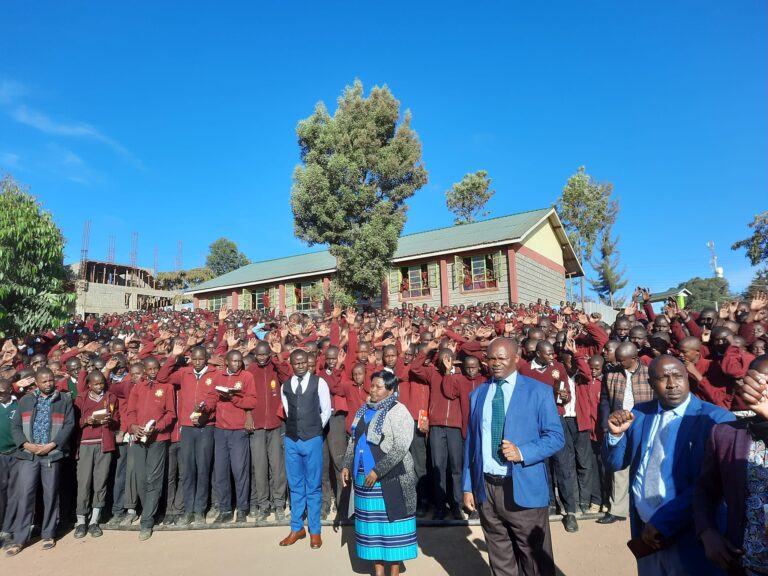
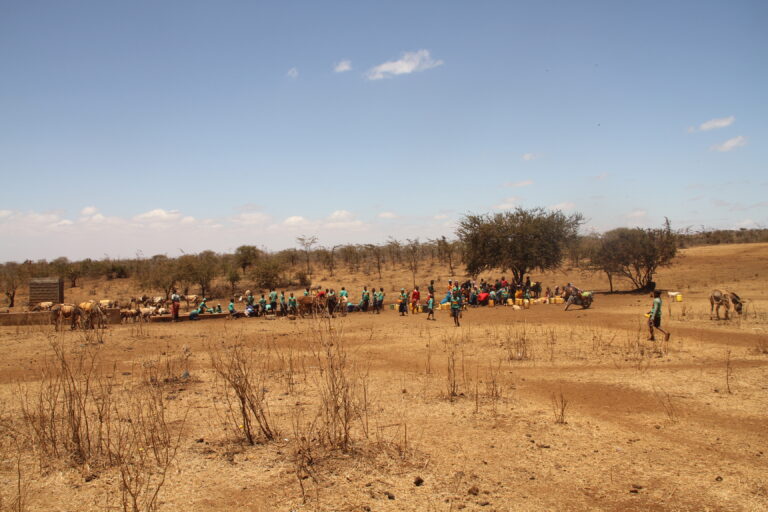

Pingback: The Challenge of Feeding Students During Drought | Water is Life Kenya
Pingback: WILK Wednesday Mashup | Water is Life Kenya